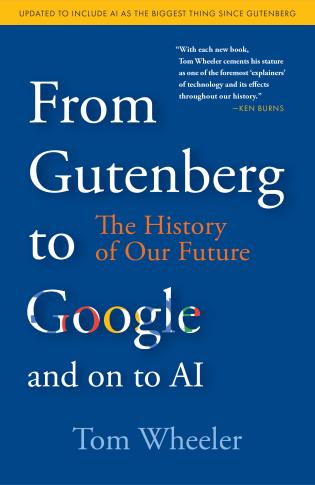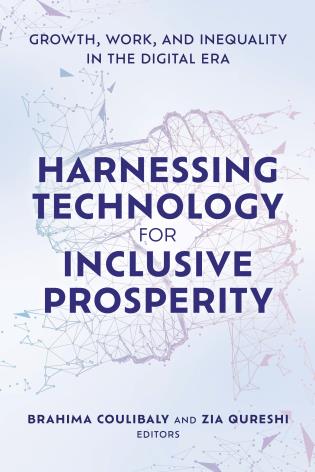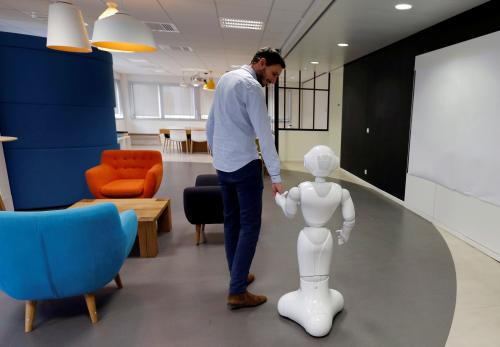Increasingly, many Marylanders are unprepared for retirement.
The US has the broadest range of retirement savings options in the world. There are thousands of
retirement products offered. But most Marylanders don’t use them.
The need is growing. The Baby Boomers are the largest generation in history. They will live
longer in retirement than any generation in history.
But – financially – many are not prepared. Many have virtually no retirement savings: more than
a third those within ten years of retirement age have saved less than $10,000. $10,000 invested
and spent over the average person’s retirement works out to about $1,000 of income per year. Even with Social Security, that’s not much to live on.
Fears about retirement are the #1 economic concern. Many Marylanders know they’re
unprepared – and they’re worried about it. Concerns about retirement security are now more
broadly based than the cost of health care, fear of job loss or other economic concerns – and have
been for over a decade.3 Those concerns have grown since the financial crisis, even though the
stock market has recovered. Many know they’ll have to defer retirement—and many fear they
will never be able to afford to retire at all.
The key to retirement saving is having a retirement plan and contributing to it every paycheck.
But many businesses, including most smaller businesses, don’t offer retirement plans. As a
result 1,000,000 Marylanders working in private businesses across the State don’t have a
retirement plan. There are, of course, individual retirement accounts (IRAs) — but almost no one
uses them who didn’t get access through an employer-based plan via payroll deduction.
Having a plan is essential, but not a panacea. Even when plans are available, many employees
don’t join. Many who do contribute and save less than they need to meet their own goals. Even
with plans, many will need to save more.
The challenge continues at retirement, because most of these plans are paid out in a single lump
sum payment—few plans offer reliable retirement income for life that traditional pensions do.
Since most retirees do not consult financial advisors and are not financial experts themselves,
some who live longer than average or are unlucky in their investments will find that they haven’t
saved enough and will exhaust their savings.
They will, of course, have Social Security. That’s why it’s so important that Social Security be
both preserved and strengthened. But the average monthly benefit in Maryland is about $1,300 and for most people Social Security covers only a fraction of their basic needs in retirement. Most Marylanders will need additional income from retirement savings – and the State of
Maryland can help them get it.
Other states and other governments are making it easier for people to
save and for private employers to help them do it. Maryland should,
too. Acting now will save Maryland taxpayers millions in the future.
California, Massachusetts, and Illinois have already enacted legislation. Illinois created a new
program that requires employers who have no retirement plan to automatically enroll their
employees in a state-created program. Massachusetts authorized a program for uncovered
employees of non-profits. California created a board to plan and propose program similar to that
in Illinois. Similar legislation is being or has been introduced in some fifteen other states – states
all across the country with varying political orientations, populations, and economic bases.
Although there are many variations under
consideration, these programs generally
provide for an automatic payroll deduction of a
set amount unless the employee opts out. Funds
are to be invested professionally and may be
pooled to achieve higher returns and lower
costs. Those who cannot or do not want to make
complex financial decisions are not required to
do so – their contributions are placed
automatically into a reliable fund or set of
funds.
In order to ensure that employers – many of
whom are small businesses – can participate in a program, it must be designed to help them avoid
significant disruption, expense or administrative burden. This can be accomplished by enabling
employers to use current payroll processes to help their employees to build retirement security,
without requiring employers to make contributions themselves.
If Maryland doesn’t act now, Maryland taxpayers will face higher costs for decades to come.
These plans are designed to be self-sustaining: their operating costs are paid for by plan
contributions and the State would not assume any obligations.
In practice, however, these plans will end up saving taxpayer funds: If Maryland doesn’t act now,
Maryland taxpayers will face higher costs for decades to come, as retirees are forced to turn to
State assistance instead of living on their own savings.
There are many ways to improve retirement security. The key is for
businesses to help their employees save, without becoming
overburdened themselves.
Task Force is not recommending any one approach, but strongly recommends that Maryland join
other states, by developing and implementing a plan that helps Marylanders have more secure
retirements.We recommend development of a specific state-based program that meets Maryland’s
needs from the options discussed in our report.
We Can Do Better: Principles for Improving Marylanders’ Retirement
In developing that program, we recommend the following principles as guidelines:
Make it easier for all Marylanders to save for retirement.
- Access: Every Marylander should have access to an automatic payroll deduction retirement
savings plan through their employer. People who are self-employed or unemployed should be
able to make contributions at the same time that they pay their State taxes. - Simplicity: People should have access to simple, low cost retirement savings plans that make
enrollment automatic (auto-enrollment), that don’t require complex investment and savings
decisions by providing low-cost automatic (default) options, and that enable savers to grow
their saving rate over time through auto-escalation. - Portability: They must be able to keep their retirement savings plan when they change jobs.
Individuals should never be forced out of a plan because they change or lose their jobs.
Workers should have the choice of keeping their existing retirement savings in the plan when
they move to another employer or consolidating their retirement savings by moving it to
another retirement plan. - Choice: Of course, they should have the ability to change the amount that they save, change
their investments, move to another plan, or stop saving entirely.
Make it easier for private employers to help their employees save.
- Since most of the companies who do not offer a retirement plan are smaller businesses, it’s
essential that they aren’t forced to take on significant additional financial, administrative or
regulatory burdens. - Employers should be able to use their current payroll processes to quickly and easily forward
employee contributions to a savings plan without assuming significant additional legal or
fiduciary responsibilities or taking on significant additional cost. - Employer contributions should not be required, but should be permitted if allowed by federal
law. - Consumer protection, disclosure, and other
protections are essential, but these and other
regulatory responsibilities should be undertaken
by the program itself and not imposed on
businesses.
Make it easier for Marylanders to get reliable
retirement income for life.
When people retire, they no longer have a paycheck
that provides reliable monthly income. They should
be able to have a reliable monthly income stream
from their retirement savings, too. Retirees should
not have to worry about how much their retirement
income might be or how long their pension will last
if, like half of Americans, they live longer than average.
Investments should be low cost, provide good value, and be professionally managed.
Any program should be self-sustaining. Maryland should help Marylanders save for retirement
without risking the State’s credit. It should cover its own operating costs without relying on
taxpayer funding or risking the State’s credit by creating contingent liabilities.











